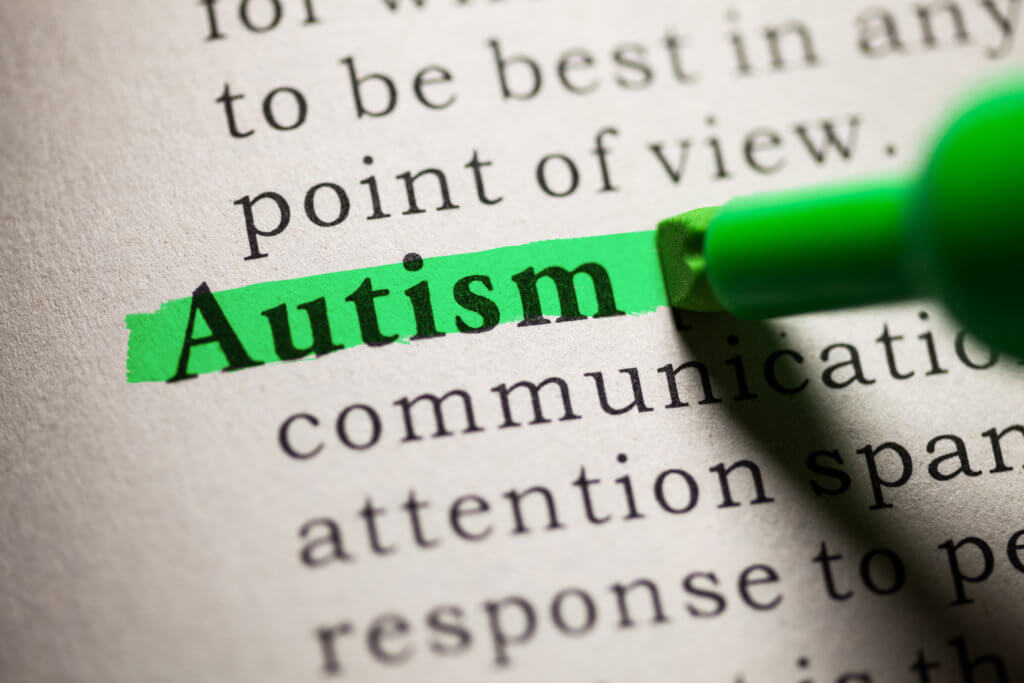Imagine going through an everyday stressful event, like getting stuck in traffic or dealing with a difficult co-worker. For most people, these experiences might be frustrating in the moment, but are soon forgotten. However, for individuals with autism spectrum disorder (ASD), even mild stressors like these could potentially trigger the formation of traumatic, PTSD-like memories that persist over time.
A new study by researchers at the Queensland Brain Institute in Australia has uncovered important insights into the relationship between ASD and post-traumatic stress disorder (PTSD). Using mouse models of autism, they demonstrated that exposure to a single stressful event can induce PTSD-like memory formation in mice with ASD-related genetic mutations. Remarkably, developing this type of traumatic memory also exacerbated the core behavioral symptoms of autism in the mice. The findings have been published in the journal iScience.
“We set out to determine the occurrence of traumatic stress in ASD, and to understand the neurobiological mechanisms underlying the reported predisposition to PTSD,” says corresponding study author Dr. Shaam Al Abed, honorary research fellow at the Queensland Brain Institute.
In both PTSD patients and animal models, memories of traumatic events are stored abnormally in the brain. Certain cues related to the trauma, like sights or sounds, trigger vivid recollections and feelings of fear. At the same time, key details about the context of the event are not remembered, almost like partial amnesia.
Queensland researchers found that ASD mice developed this PTSD-like memory profile even after mild stress, whereas normal mice did not. This suggests that individuals with autism may be particularly vulnerable to forming traumatic memories in response to everyday stressors that wouldn’t typically be considered traumatic.
The brain mechanisms behind this heightened susceptibility were traced to a part of the prefrontal cortex that helps regulate memory, emotion and behavior. In the ASD mouse models, neurons in this region became overactive after stress. Specifically, inhibitory neurons called parvalbumin interneurons, which normally keep brain activity in check, weren’t doing their job effectively. This led to an imbalance in brain signaling.
“We identified specific cortical circuit alterations that trigger the switch between the formation of a normal memory and a PTSD-like memory during stress,” explains corresponding study author Dr. Nathalie Dehorter, senior research fellow at the Queensland Brain Institute.
Scientists also tested a behavioral intervention called “recontextualization” to try to treat the PTSD-like memory in ASD mice. By re-exposing the mice to cues from the stressful event in a safe environment, they were able to reduce the excessive fearful responses. The treatment also improved the core autism-related behaviors that had been worsened by the stress.
While the idea of PTSD and autism occurring together has been previously suggested by clinicians, this is the first study to directly demonstrate the link and shed light on the brain changes responsible. There are still many open questions, but the findings open up promising avenues for better understanding how stressful experiences might contribute to the challenges faced by people with autism.
The fact that the recontextualization therapy worked in ASD mice raises the possibility of new treatment approaches. However, researchers caution there will be hurdles in translating the findings to humans. Identifying PTSD in autistic individuals can be challenging, as it may not present the same way as in the typical population. Stressful events that wouldn’t usually be deemed “traumatic” may still have the potential to cause PTSD symptoms in those with ASD.












